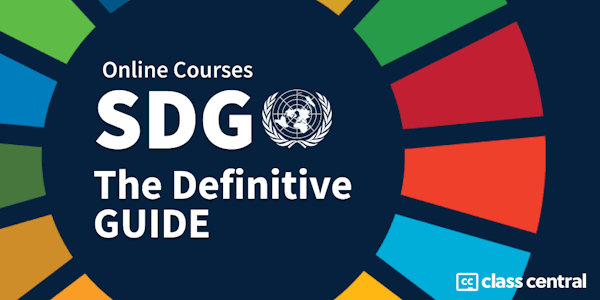Transforming Development: The Science and Practice of Resilience Thinking explores how concepts from resilience may help us re-think and transform current development practice.
With concerns about climate and global environmental changes, extreme events, and increases in social, economic, and political shocks, the concept of resilience is proving popular across a range of sectors as a way to understand and respond to our surprise-riddled world.
Resilience thinking includes the ability to persist in the face of change, adapt to new realities, or transform to fundamentally new paths for development. Resilience thinking is more than a theory, more than a set of tools. It is a way of seeing the world, offering a new perspective on how change happens in the world. Resilience thinking provides a new approach for building understanding and taking action in a complex world that is deeply interconnected and ever-changing. A world where planned approaches, existing knowledge and current solutions are not enough to effectively respond to the challenges in a highly dynamic and uncertain future. Addressing poverty, injustice, and inequality, and advancing human well-being remain a major ambition and challenge for the 21st century. Now is the time to consider how development will happen in a context radically different from the past.
This course includes examples from practitioners working with resilience concepts in diverse contexts around the world. It is supported by strong scientific evidence and case studies from researchers at a number of universities. Above all, this course is committed to being a platform that brings together individuals and organizations from around the world, with the common goal of transforming development.
This course is for:
- Development practitioners, policymakers and managersaround the world, as well as those working in the development field with an interest in resilience thinking as it relates to policy and practice
- Students interested in the intersection of resilience, sustainability and development, and with a general interest in local to global sustainability challenges
- Anyone with an interest in development, resilience thinking, and sustainability
By the end of the course, you will be able to:
- Understand and describe the context of the Anthropocene, and why it matters for development practice
- Identify, explain, and analyze the latest key issues and debates regarding global environmental change, sustainability, and resilience in relationship to development
- Possess a general understanding of complexity and complex systems in ways that helps analyze the world and diverse development contexts
- Identify concrete and cutting-edge ways that core concepts of resilience thinking can be applied in practice
- Understand the recent and ongoing evolution of resilience thinking tools used in development practice
- Identify and explain specific local-global (cross-scale) connections and have a handle on how they might shape your work
- Identify, compare, and analyze existing approaches to understand their transformative potential, using resilience thinking
- Contribute to collective learning about the strengths and weaknesses of resilience thinking in the context of development policy and practice

